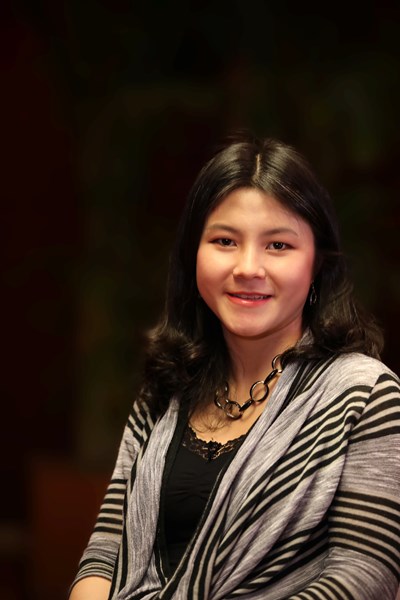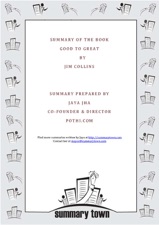EE 233 Circuit Theory Lab 4: Second-Order Filters.
The Circuits Laboratory Companion is the perfect counterpart to Circuits by Ulaby, Maharbiz, and Furse, providing an out-of-box, affordable, university lab solution. The distinctive feature of this collection of 11 labs is the integration of NI Multisim, LabVIEW software and NI ELVIS II hardware that fosters comparison between theory, simulation, lab data and analysis.First-Order Circuits Objectives 1) Gain an intuitive understanding of the concept of a time constant 2) Practice and learn new oscilloscope skills 3) Gain an intuitive understanding of the step response of first order (RC and RL) circuits 4) Determine the Thevenin resistance of the function generator.The purpose of this lab is to learn and understand RC Circuits. An RC circuit is composed of at least one resistor and at least one capacitor. A capacitor is composed of two plates with either air or an insulator also known as a dielectric between the plates. We do not want the plates to be touching, because then we would only have a conductor. The insulator between the plates is also known as.
The conclusion section for the entire lab is general conclusion of what you learned, explanation of the results obtained, your understanding of the whole lab, etc. A printed version is always preferred. Attached is a format example for a lab report. It may be used as a reference, and doesn’t need to be followed strictly. Sample Lab Report.The analysis of RLC circuits is more complex than that of the RC circuits we have seen in previous labs. RLC circuits have a much richer and interesting response than the previously studied RC circuits. A summary of the response is given below. Let's take a series RLC circuit as shown in Figure 1. The discussion is also applicable to other RLC.

Lecture notes, lecture all lectures - lecture notes from professor alan klein Exam 2016, Questions And Answers, Quiz Lab 1 - This is a Lab report for a physics experiment on Simple Harmonic Motion Lab 2 - This is a Lab report for a physics experiment on Standing Waves Lab 3 - This is a Lab report for a physics experiment on Electric Field and Electric - Lab For Phys 1155 Solution manual for.












